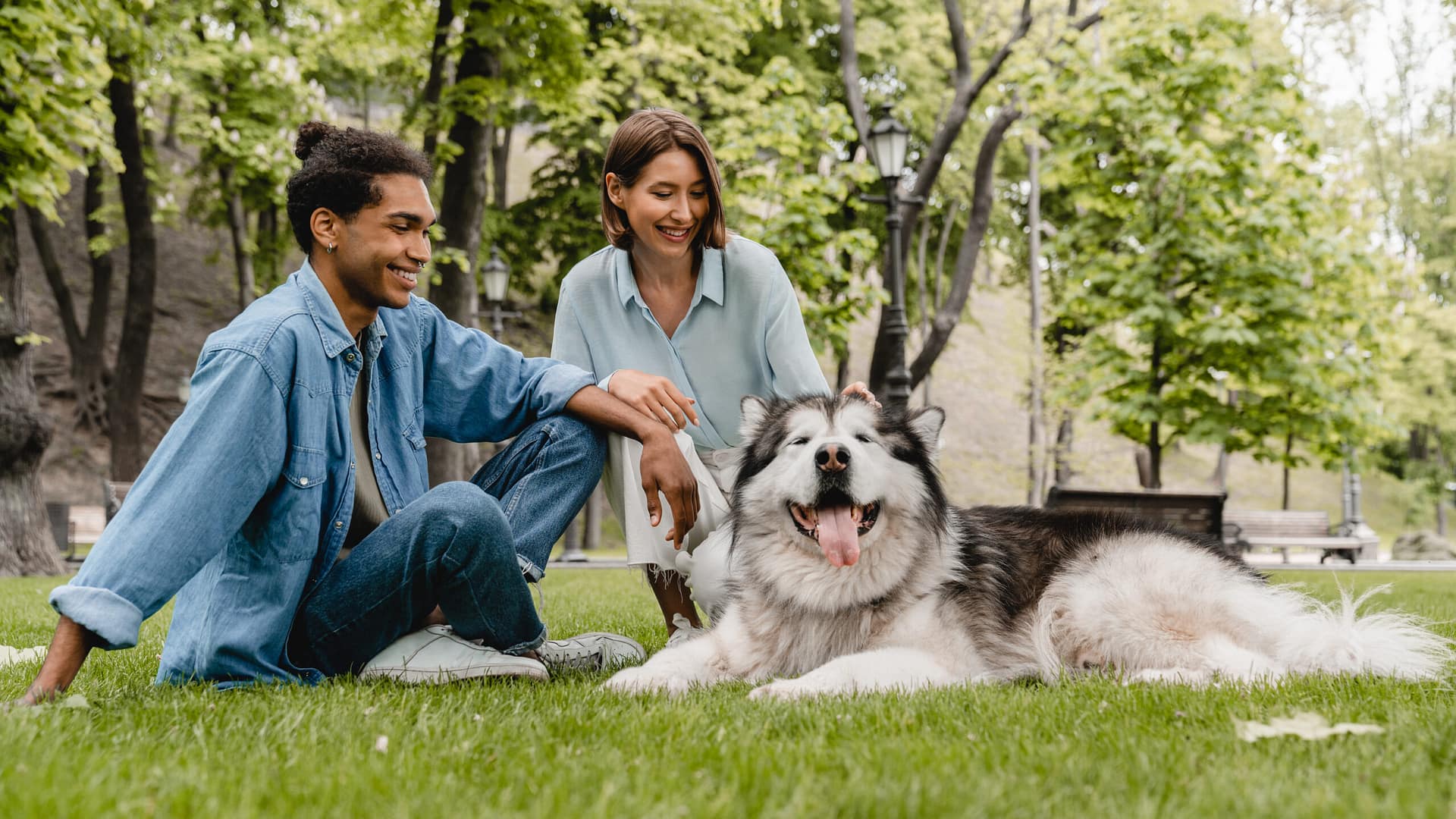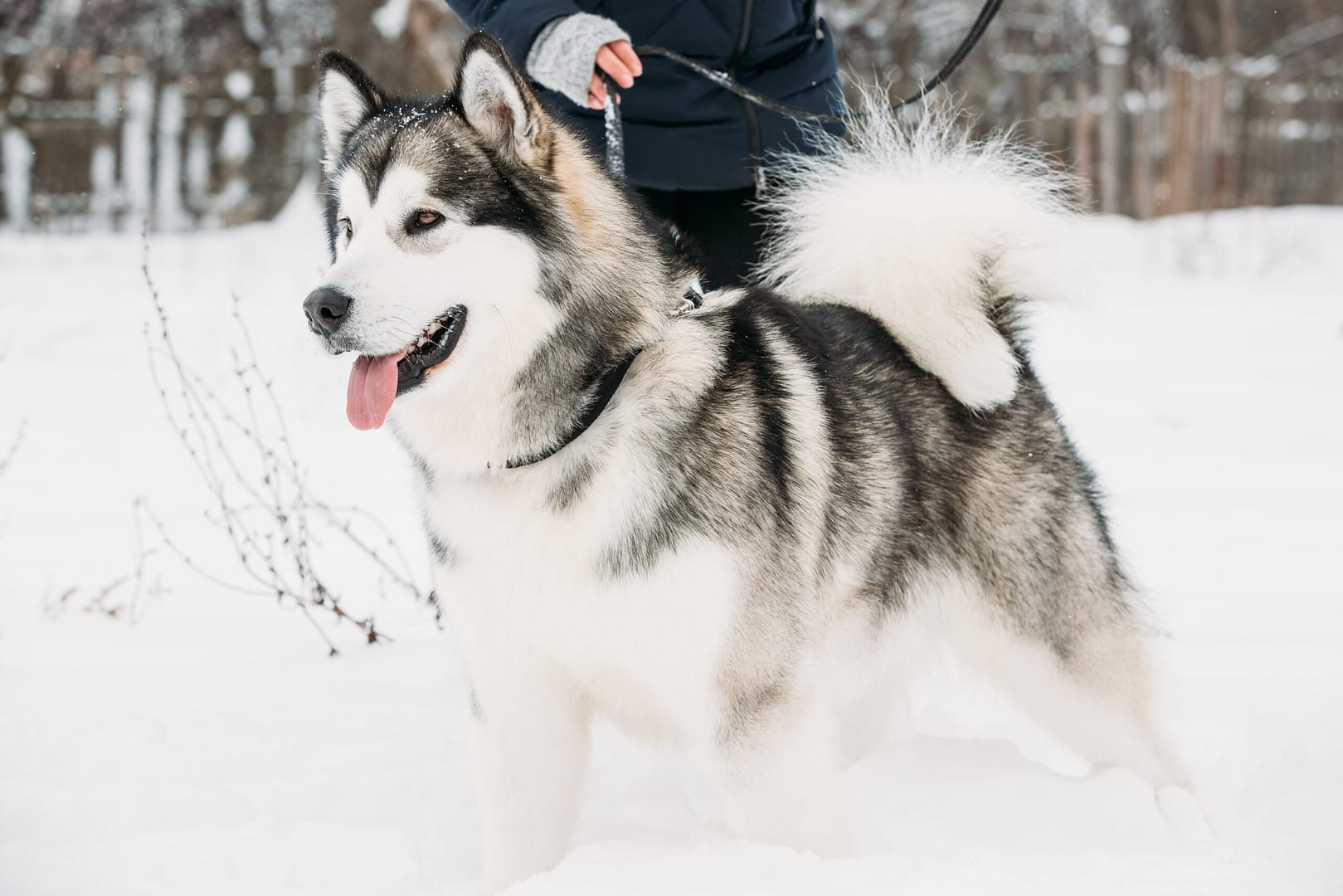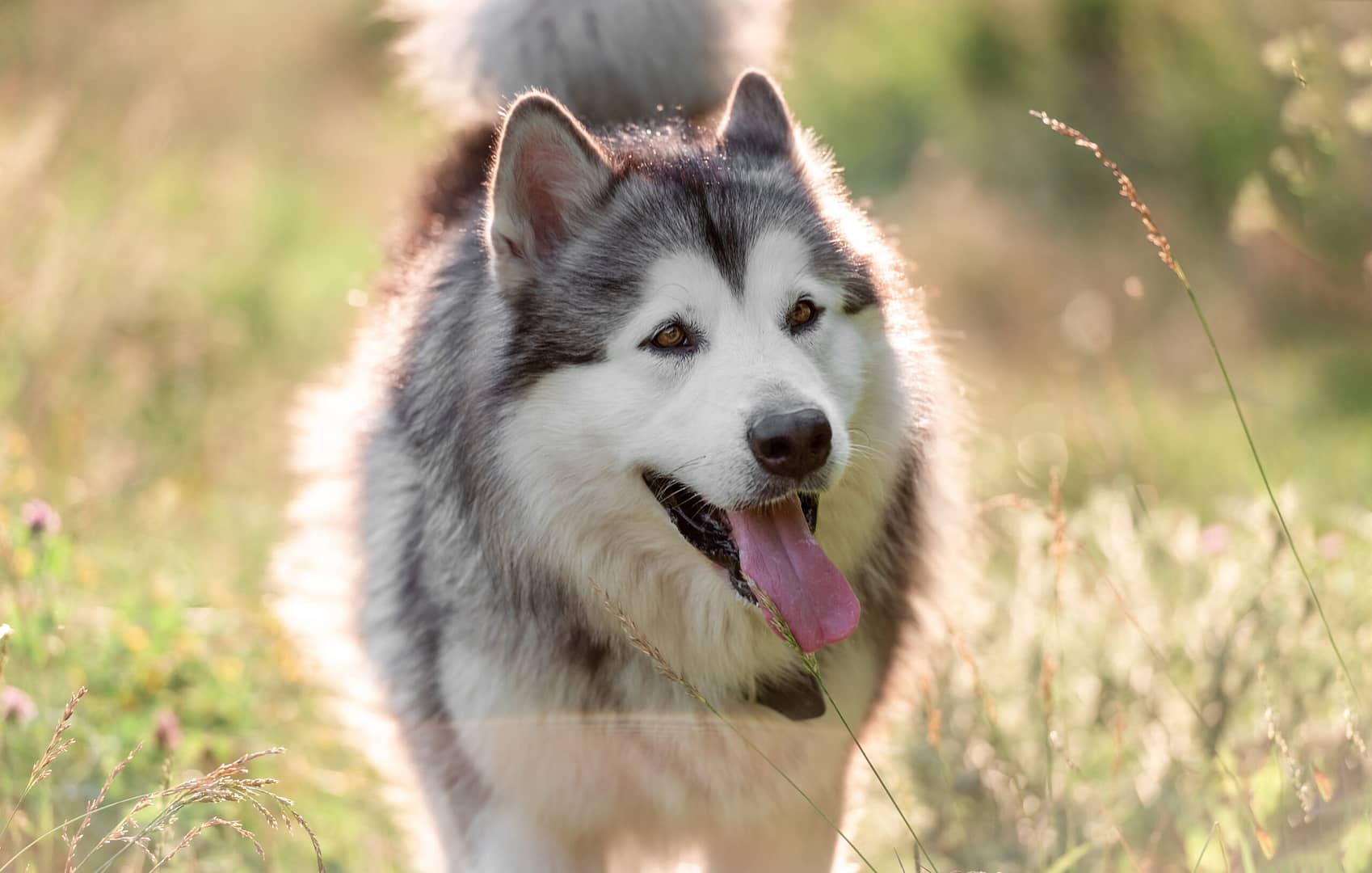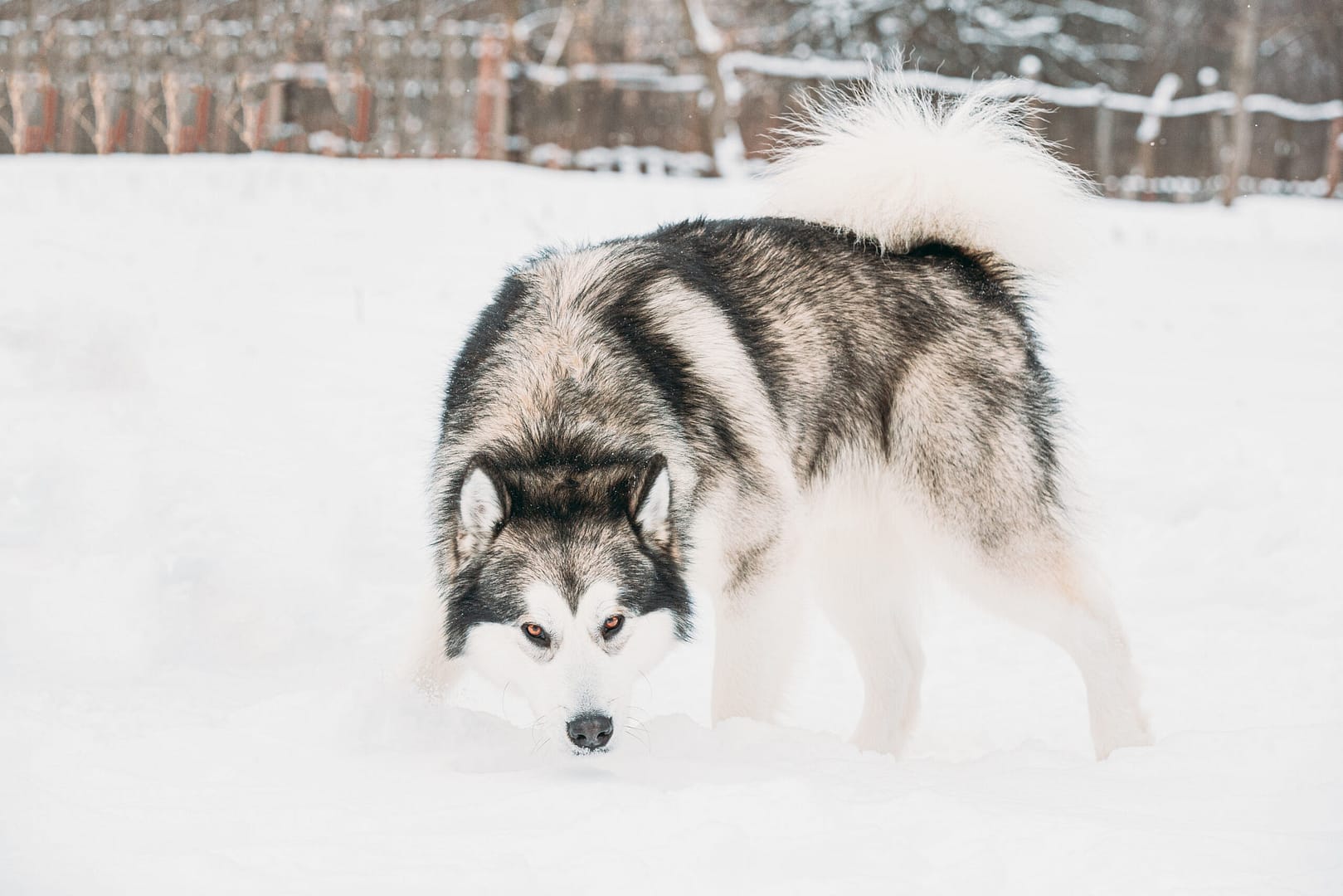Are Alaskan Malamute good family dogs?
Alaskan Malamutes carry a storied legacy, hailing from the cold climes of Alaska. They were bred by the Mahlemut Inuit tribe, hence their name. These dogs were vital for survival, pulling heavy sleds over long distances. Today, they’re not just sled dogs but also beloved family members. Their importance lies in their rich history and the joy they bring to homes worldwide.






